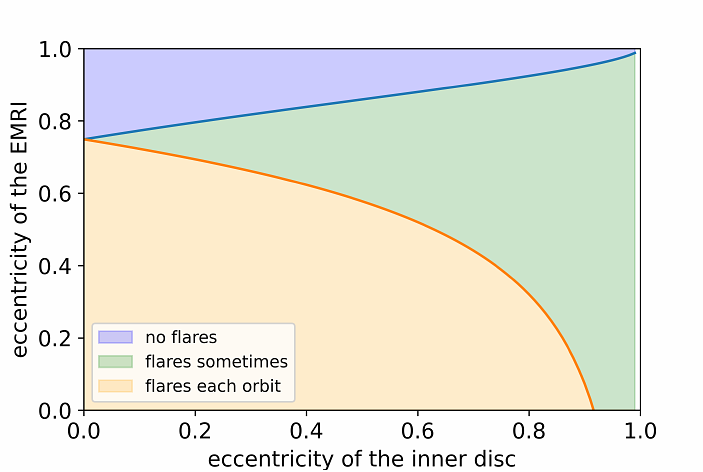Discovery of extreme Quasi-Periodic Eruptions in a newly accreting massive black hole

Discovery of extreme Quasi-Periodic Eruptions in a newly accreting massive black hole
Lorena Hernández-García, Joheen Chakraborty, Paula Sánchez-Sáez, Claudio Ricci, Jorge Cuadra, Barry McKernan, K. E. Saavik Ford, Patricia Arévalo, Arne Rau, Riccardo Arcodia, Erin Kara, Zhu Liu, Andrea Merloni, Gabriele Bruni, Adelle Goodwin, Zaven Arzoumanian, Roberto J. Assef, Pietro Baldini, Amelia Bayo, Franz E. Bauer, Santiago Bernal, Murray Brightman, Gabriela Calistro Rivera, Keith Gendreau, David Homan, Mirko Krumpe, Paulina Lira, Mary Loli Martínez-Aldama, Mara Salvato, Belén Sotomayor
AbstractQuasi-periodic eruptions (QPEs) are rapid, recurring X-ray bursts from supermassive black holes, believed to result from interactions between accretion disks and surrounding matter. The galaxy SDSS1335+0728, previously stable for two decades, exhibited an increase in optical brightness in December 2019, followed by persistent Active Galactic Nucleus (AGN)-like variability for 5 years, suggesting the activation of a $\sim$10$^6\;M_\odot$ black hole. From February 2024, X-ray emission has been detected, revealing extreme $\sim$4.5-day QPEs with the highest fluxes and amplitudes, longest time scales, largest integrated energies, and a $\sim$25-day super-period. Low-significance UV variations are reported for the first time in a QPE host, likely related to the long timescales and large radii from which the emission originates. This discovery broadens the possible formation channels for QPEs, suggesting they are not linked solely to tidal disruption events but more generally to newly formed accretion flows, which we are witnessing in real time in a turn-on AGN candidate.